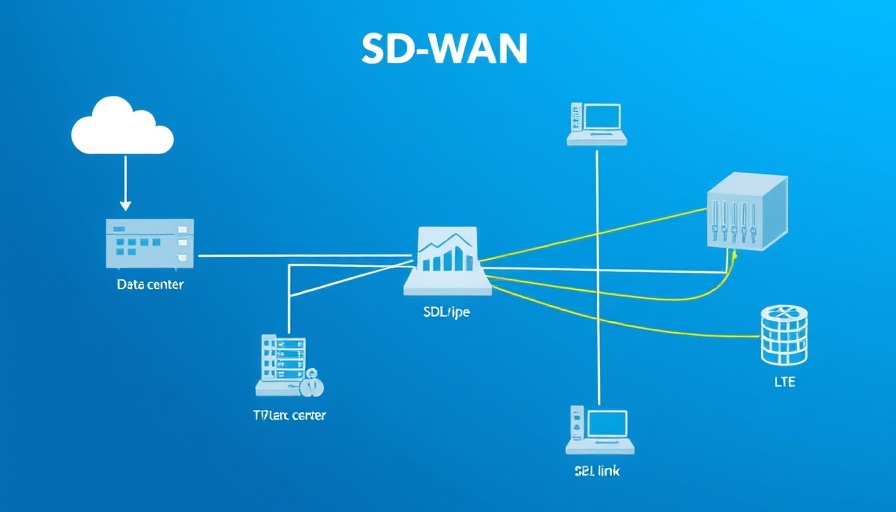
The Need for Robust Security in Hybrid Work Environments
The transition to hybrid and remote work has redefined the security landscape for enterprises. As more employees access corporate resources from diverse locations—including homes, cafes, and coworking spaces—the traditional security perimeter no longer suffices for protecting sensitive data. This shift necessitates a new approach to security that can effectively safeguard enterprise networks amidst evolving risks.
Beyond the Castle-and-Moat: Embracing SASE
Historically, organizations often relied on the 'castle-and-moat' security paradigm, wherein firewalls and physical appliances created a barrier around their networks, protecting them from external threats. However, with the increasing mobility of the workforce, this model is becoming obsolete. Employees now have direct access to cloud applications without secure network boundaries, heightening vulnerabilities.
This is where Secure Access Service Edge (SASE) plays a pivotal role. Coined by Gartner, SASE merges networking and security into a unified model designed for a cloud-centric world. It integrates essential functions like Software-Defined Wide Area Network (SD-WAN), Cloud Access Security Broker (CASB), Secure Web Gateway (SWG), and Zero Trust Network Access (ZTNA). This holistic approach not only enhances security management but also simplifies policy enforcement across diverse systems.
Diving Deeper: The Role of Security Service Edge (SSE)
At the core of any SASE framework is the Security Service Edge (SSE). SSE focuses specifically on providing robust security features tailored to address modern threats. It ensures secure access to resources irrespective of the user's location while offering visibility and control over cloud services.
SSE solutions enable organizations to implement zero trust principles, thereby allowing only authenticated and authorized users to access their networks. This nuanced approach protects the corporate assets even when employees are working remotely or using personal devices.
Why SASE and SSE Matter: Current Trends
The growing adoption of hybrid work environments, coupled with rising cyber threats, underlines the urgency for enterprises to rethink their security strategies. According to industry reports, cyber attacks are becoming more sophisticated, and organizations are often the last to know about breaches. SASE not only addresses these challenges but equips IT teams with real-time visibility and advanced security mechanisms that are crucial in today’s climate.
Looking Ahead: Future Predictions for Enterprise Security
The demand for integrated cybersecurity solutions will inevitably increase as remote work becomes a staple in our business culture. Experts predict that by 2025, over 70% of enterprise workloads will be processed via cloud environments. This trend indicates that SASE will not just be an option, but a necessity for companies looking to maintain robust security postures in hybrid settings.
Moreover, as the regulatory landscape becomes more stringent, businesses must adapt to compliance requirements effectively. SASE can facilitate this transition by ensuring that comprehensive policies are enforced seamlessly across all platforms, thus mitigating risks associated with non-compliance.
Ultimately, embracing SASE and SSE allows enterprises to navigate the complexities of modern cybersecurity while positioning themselves for future advancements in technology and work practices.
Your Path Forward: Embrace SASE Solutions
The message is clear: Organizations that prioritize SASE and SSE in their security strategies will find themselves better equipped to face today's challenges and tomorrow's uncertainties. By adopting these solutions, businesses not only enhance security but also promote a more agile, collaborative work environment that benefits all stakeholders.
 Add Row
Add Row  Add
Add 




Write A Comment